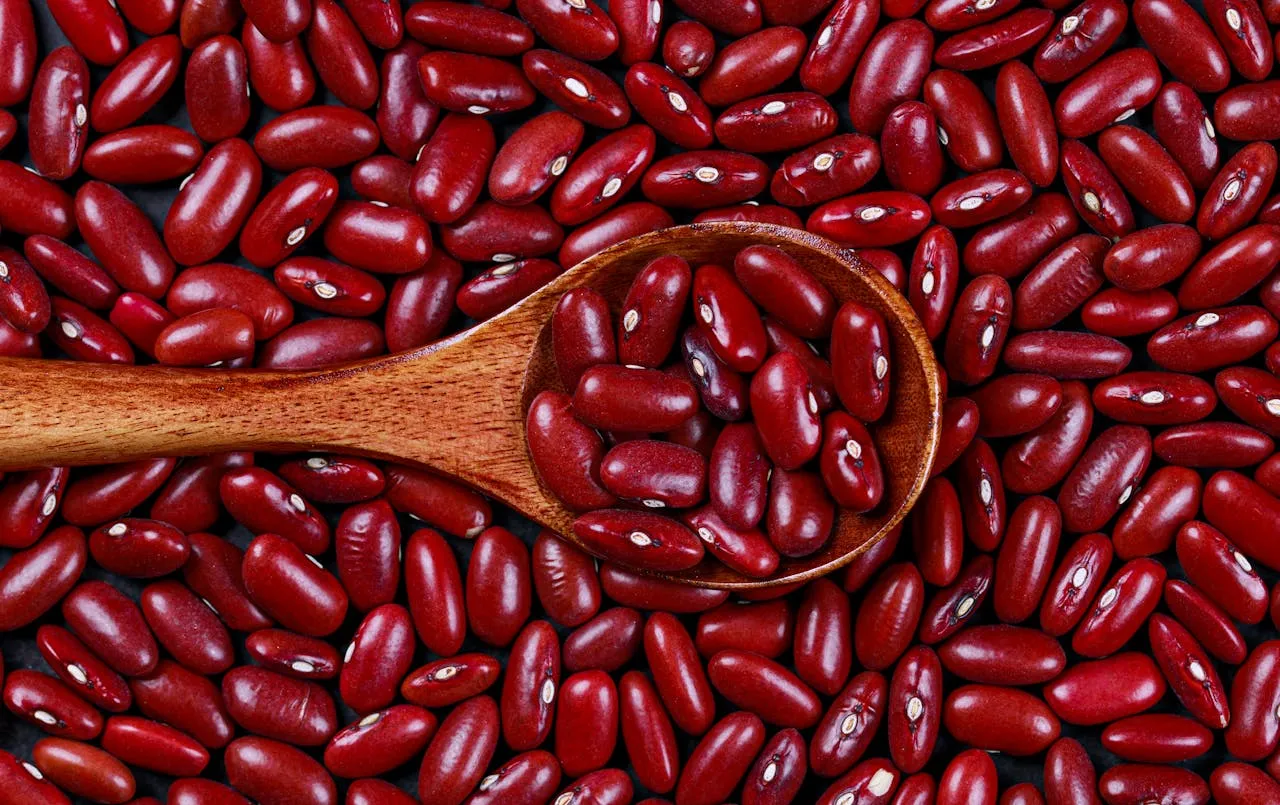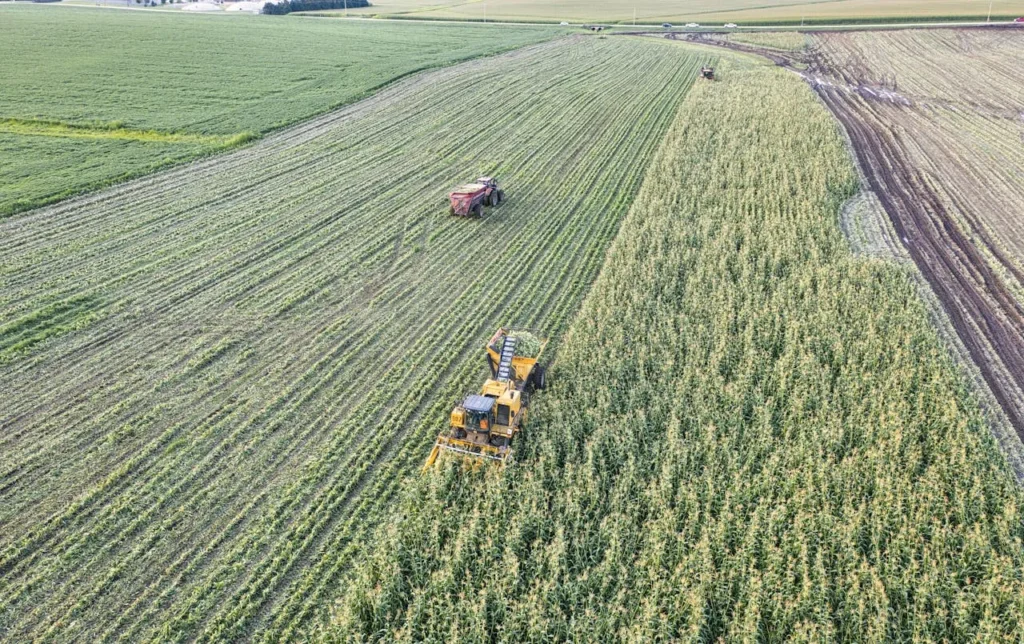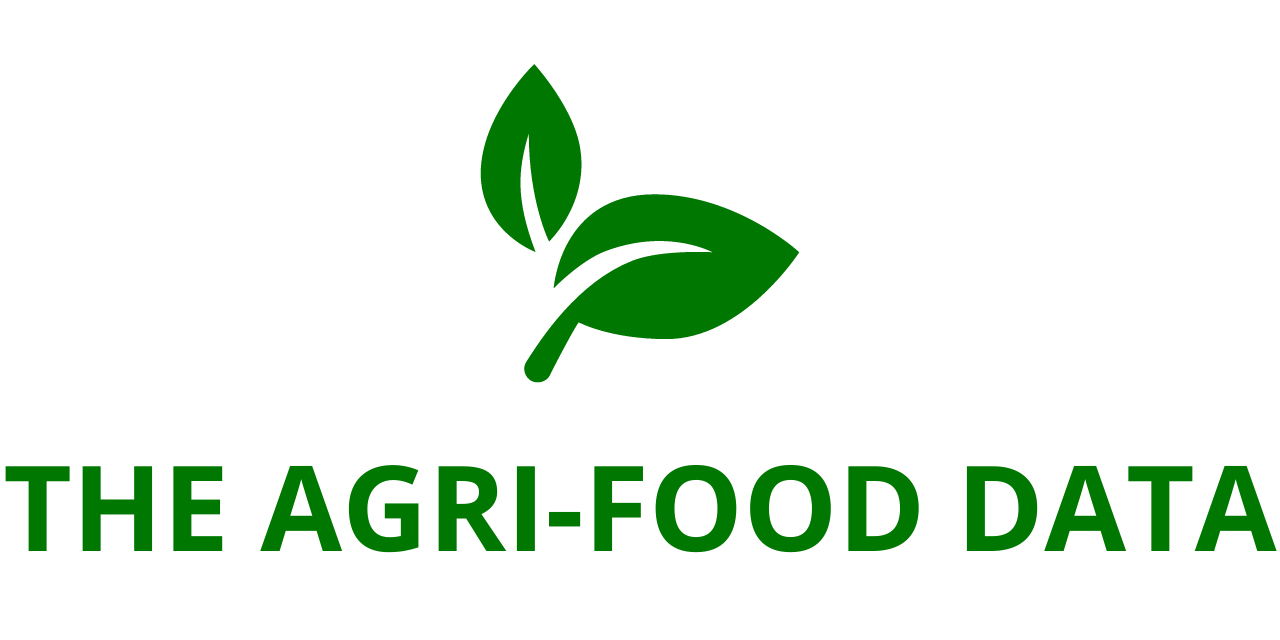
The comprehensive new report titled “Seed Coating Market Size, Share & Forecast by Type, Active Ingredients, Crop Type – Global Forecast to 2032”, now available from ResearchAndMarkets.com, sheds light on the growing global significance of seed coating technologies in modern agriculture. This in-depth market analysis projects strong growth for the seed coating industry through 2032, propelled by a confluence of market drivers, emerging innovations, and shifting agricultural practices.
Market Growth Drivers: The Need for Enhanced Crop Performance
The seed coating market is on a steady upward trajectory, fueled by multiple compelling factors. These include increasing demand for cost-effective crop protection methods, the growing popularity of seed enhancement products among farmers, technological breakthroughs in seed treatment solutions, and the escalating need to boost crop productivity in the face of shrinking arable land.
With rising global food demands and challenges posed by climate change and soil degradation, farmers are actively seeking innovative tools that optimize seed performance while ensuring sustainability. Seed coatings—comprising materials such as polymers, colorants, nutrients, and protectants—serve this purpose by improving seed handling, protecting seeds from diseases, enhancing germination rates, and delivering nutrients more efficiently.
Additionally, seed coatings provide an economically viable alternative to expensive hybrid and genetically modified (GM) seeds. This cost advantage is particularly important in emerging agricultural markets, where budget-conscious farmers are turning toward value-added yet affordable inputs that support productivity without compromising environmental standards.
Regional Outlook: Asia-Pacific Leads in Growth Momentum
Among all regions, the Asia-Pacific market is anticipated to register the fastest compound annual growth rate (CAGR) during the 2025–2032 period. This rapid growth can be attributed to several key factors:
- Expanding agricultural output in countries like India, China, and Southeast Asian nations.
- A surging population that drives food demand and, consequently, demand for high-yield seeds.
- Increasing adoption of modern farming practices, including precision agriculture and mechanized seeding techniques.
- Government investments and subsidies in sustainable agriculture, including seed treatment and input optimization programs.
Despite the region’s promising outlook, some challenges persist. For instance, limited awareness among smallholder farmers, inconsistent regulatory frameworks across countries, and low access to advanced seed technologies could impede widespread adoption in certain areas.
Market Segmentation: Material Type, Active Ingredient, and Crop Focus
The seed coating market is segmented based on material type, active ingredients, and crop type, with each segment offering distinct insights into industry dynamics.
1. By Material Type
The major material types analyzed in the report include:
- Polymers
- Colorants
- Binders
- Minerals/Pumice
- Others
In 2025, the polymer segment is projected to hold the largest share of the global seed coating market. This dominance is attributed to the superior functional benefits of polymer-based coatings. Polymers not only enhance seed protection against pests and pathogens but also improve the adhesion of active ingredients and extend seed shelf life. Their low viscosity and water-based composition promote faster seed germination while ensuring seed moisture retention and thermal insulation. Furthermore, polymer coatings help minimize seeding stress under dry or fluctuating field conditions, giving them a significant edge in climate-resilient farming.
2. By Active Ingredient
The seed coatings market is also segmented into:

- Protectants
- Nutrients
- Phytoactive Promoters
- Others
The protectants segment is forecast to exhibit the highest growth rate through 2032. This surge is fueled by the rising incidence of seed- and soil-borne diseases, coupled with growing awareness of crop protection strategies. Farmers and agri-input suppliers are increasingly turning to protective seed treatments as a frontline defense against fungal and bacterial threats. Additionally, ongoing innovation in bio-based and chemical protectant formulations continues to bolster this segment’s appeal.
3. By Crop Type
The crop-wise segmentation includes:
- Cereals & Grains
- Fruits & Vegetables
- Oilseeds & Pulses
- Flowers & Ornamentals
- Others
Among these, the cereals & grains segment is expected to command the largest market share in 2025. This can be largely attributed to the growing need for food security and the critical role of grains in global diets, animal feed, and industrial applications (such as biofuels and starch). Seed coatings help reduce pre- and post-emergent losses in cereals, protect against environmental stressors, and improve seed vigor—ultimately ensuring higher yields and better quality.
Emerging Trends and Market Opportunities
One of the most promising trends shaping the seed coating landscape is the integration of biologicals—including beneficial microbes and biostimulants—into seed coating formulations. These biologically active coatings can boost soil health, enhance nutrient uptake, and promote disease resistance, aligning with the increasing focus on regenerative agriculture and sustainability.
Additionally, biodegradable seed coatings are gaining traction as an environmentally friendly alternative to synthetic coatings. These coatings reduce microplastic pollution and align with regulatory trends favoring greener agricultural inputs.
The growing adoption of precision agriculture technologies is another game-changer. By synchronizing seed coating applications with real-time agronomic data and site-specific variables, farmers can achieve more targeted and efficient seed treatments, minimizing waste and maximizing return on investment.
Key Market Players
Several global and regional players are shaping the competitive landscape of the seed coating market. Major companies profiled in the report include:
- BASF SE (Germany)
- Syensqo S.A. (Belgium)
- Chromatech Incorporated (Netherlands)
- Cistronics Innovations Pvt. Ltd. (India)
- Clariant International Ltd. (Switzerland)
- Croda International Plc. (U.K.)
- Germains Seed Technology (U.S.)
- Milliken & Company (U.S.)
- Sensient Technologies (U.S.)
- Precision Laboratories, LLC (U.S.)
These companies are focusing on product innovation, strategic partnerships, and geographic expansion to strengthen their market presence. For instance, investments in R&D for bio-based and nano-coating technologies are poised to redefine competitive advantage over the next decade.
Key Questions Answered in the Report
The report offers strategic insights for stakeholders and industry participants, addressing critical questions such as:
- What is the current global revenue generated by seed coating solutions?
- What is the projected CAGR of the market over the 2025–2032 period?
- Which regions are poised for the most significant growth and why?
- What are the emerging opportunities for new market entrants?
- How are technological and regulatory changes influencing product development?
- Which crop types and ingredients will drive future market expansion?






